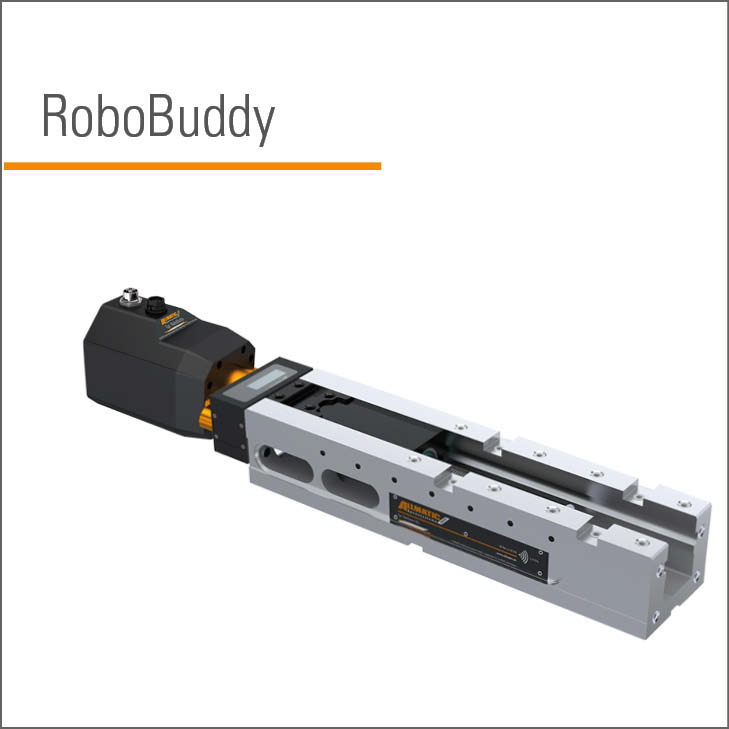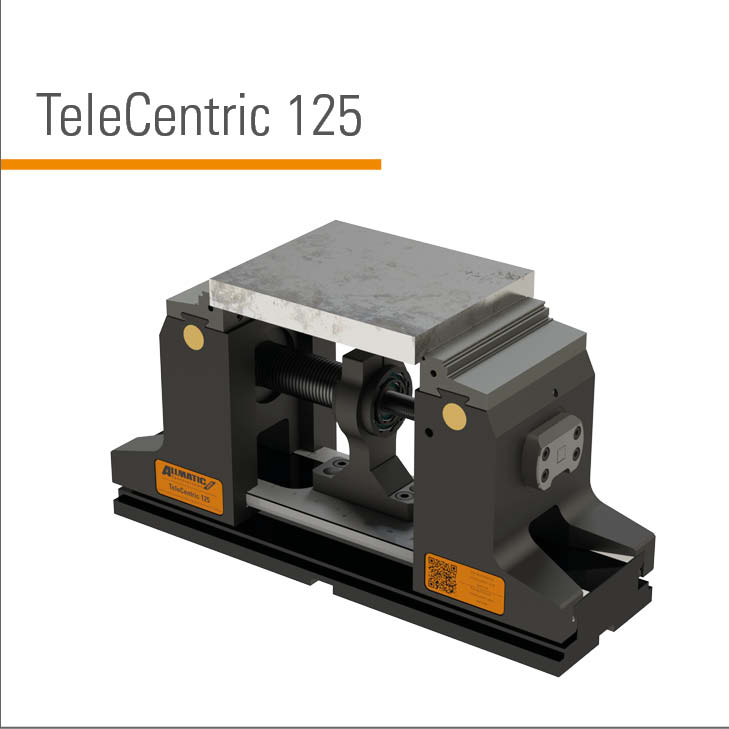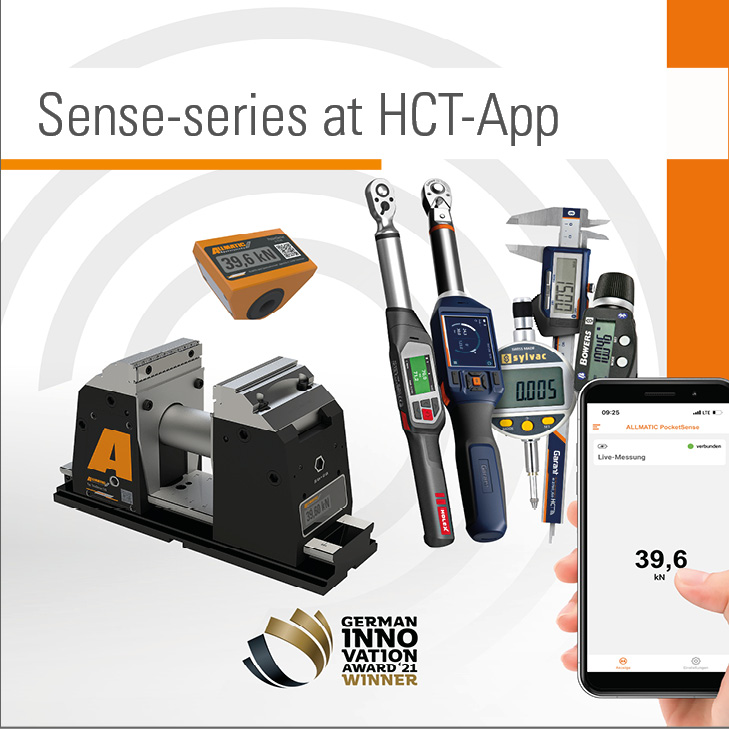The beginning
company history

Herbert Mayr, CEO:
“Challenge accepted!
For more than 12 years I have been the authorized representative and
managed the production of ALLMATIC-Jakob Spannsysteme GmbH.
Now I am tackling the challenge as new CEO.
At the centre of my attention are my colleagues and relationships to our customers and partners in order to grow together.”
A glimpse into the past
Looked for a clamping system – and nothing found
At the beginning of the 1970s, the West German economy boomed and new production processes were introduced in mechanical engineering. For this, they were looking for suitable mechanical clamping devices.
In addition, Saurer-Allma GmbH produced twisting machines. The company needed a reliable clamping system with a controllable clamping force and reproducible accuracy – but couldn’t find it on the market.
So the company Saurer-Allma quickly turned the tables and even designed a clamping system with a low-maintenance mechanical power amplifier: for use on their own premises but also for sales. The clamping system proved to be a resounding success so that, in 1973, the ALLMATIC clamping systems were founded under the umbrella of the Saurer Group.
No space for clamping devices
In the 1980s, there was no place for professional clamping systems inside the branch of machining tools. The development toward CNC controlled machining centers until then did not permit the professional use of existing clamping devices. For this reason, ALLMATIC has developed a completely new clamping system – the NC vice with a mechanical power spindle. At that time, the beam principle revolutionized the clamping device market so sustainably that this construction principle is still up to date today.
Solid constructions for machining centers
The demand for multiple clamping systems developed in the 1990’s. Such systems should be used in both vertical and horizontal machining centers.
ALLMATIC developed a 4-fold or 8-fold clamping device, which consisted of a cast body and had an extremely high stability: the Monoblock.
These clamping devices were designed as single or double clamps and in different clamping ranges. Within this framework, the modular principle was created. It allowed an individual jaw assembly – for more flexible and universal use.
From Saurer to Jakob
At the beginning of the new millennium, the corporate strategy of the Saurer group changed, thinking back to the core business. For this reason, Saurer sold ALLMATIC Spannsysteme in 2001 to the Jakob group. And the performance profile of ALLMATIC is well embedded in the portfolio of the Jakob group.
Clamping systems with bite
Irregularly shaped workpieces are difficult to clamp with smooth jaws. Therefore, ALLMATIC has developed the GRIPP-clamping technology for conventional vises in 2005. GRIPP-clamping systems do not grip around the workpiece but into the material, they “bite on”. Based on the GRIPP principle, raw parts or irregular surfaces can be securely clamped by form locking.
Another advantage of the GRIPP-technology is the intensive, economic machining of parts, clamped in special positions.
In milling, workpieces are machined at their holding capacity or at their vibration limits. ALLMATIC has greatly expanded these limits with the Gripp clamping technology.
A firm grip on the future
ALLMATIC keeps a close eye on progress in the manufacturing sector and will continue to react quickly to new requirements in the future. Because new manufacturing processes may require completely new clamping designs tomorrow.
We are looking forward to it with ease because the development potential of the machine vise is not yet exhausted.
News
Overview of the latest news on ALLMATIC clamping systems
Solutions for practical use
Since 1973, ALLMATIC has been manufacturing machine vises and nothing else. Therefore, we can concentrate all of our resources on exactly one device type. For this reason, we can offer highly differentiated and modular solutions for the entire range of applications in tool and machine construction: For small batch manufacturers, mass producers and vocational training company.
Training Center
for trainees
In a 12-part online video course, your trainees quickly and intuitively learn the basics and application areas of clamping technology. A good addition to the curriculum and a bit of a relief for the instructors.
contact worldwide
You can obtain ALLMATIC products worldwide through our sales force and distributors. Our certified service partners ensure fast repairs in the Netherlands, Romania and Russia.





